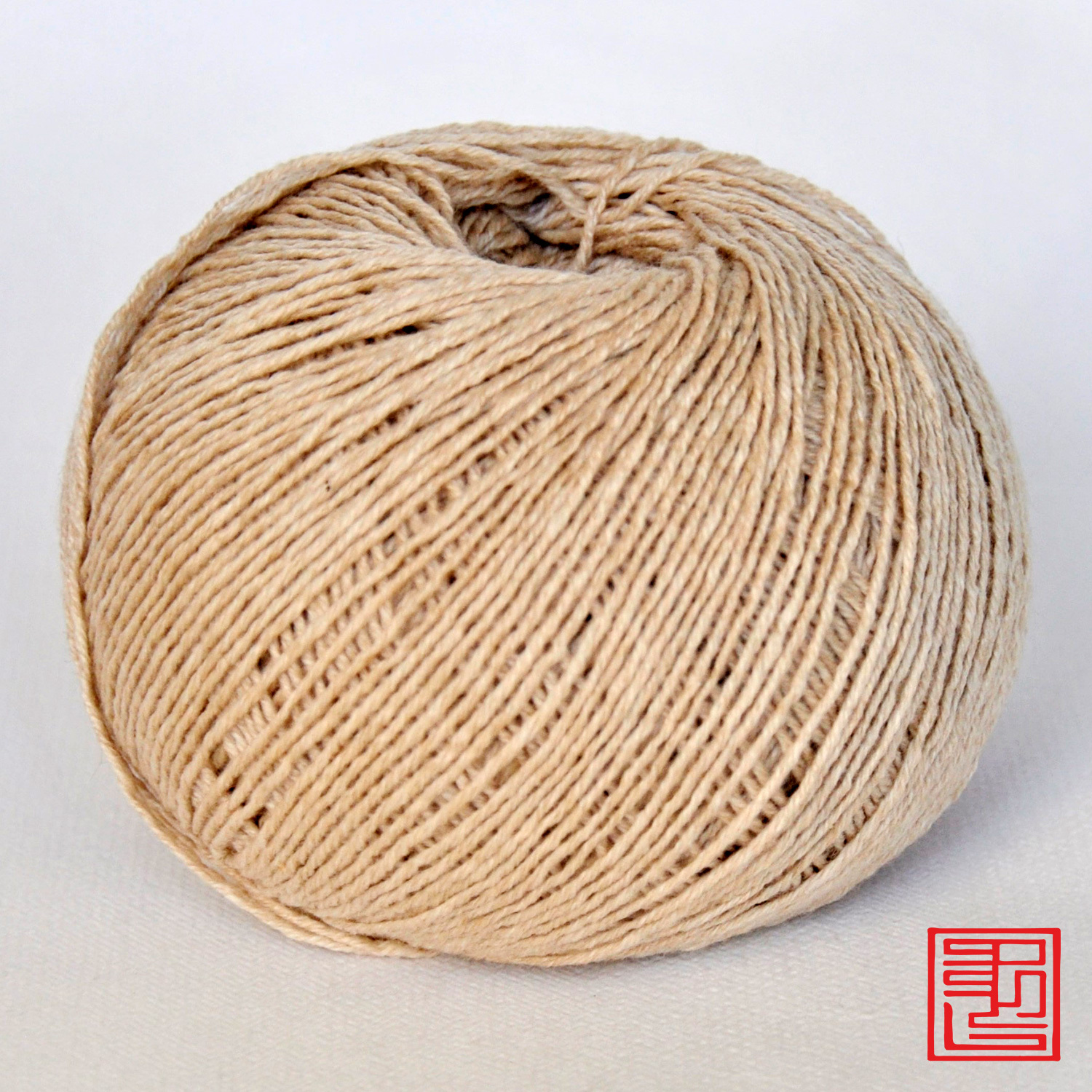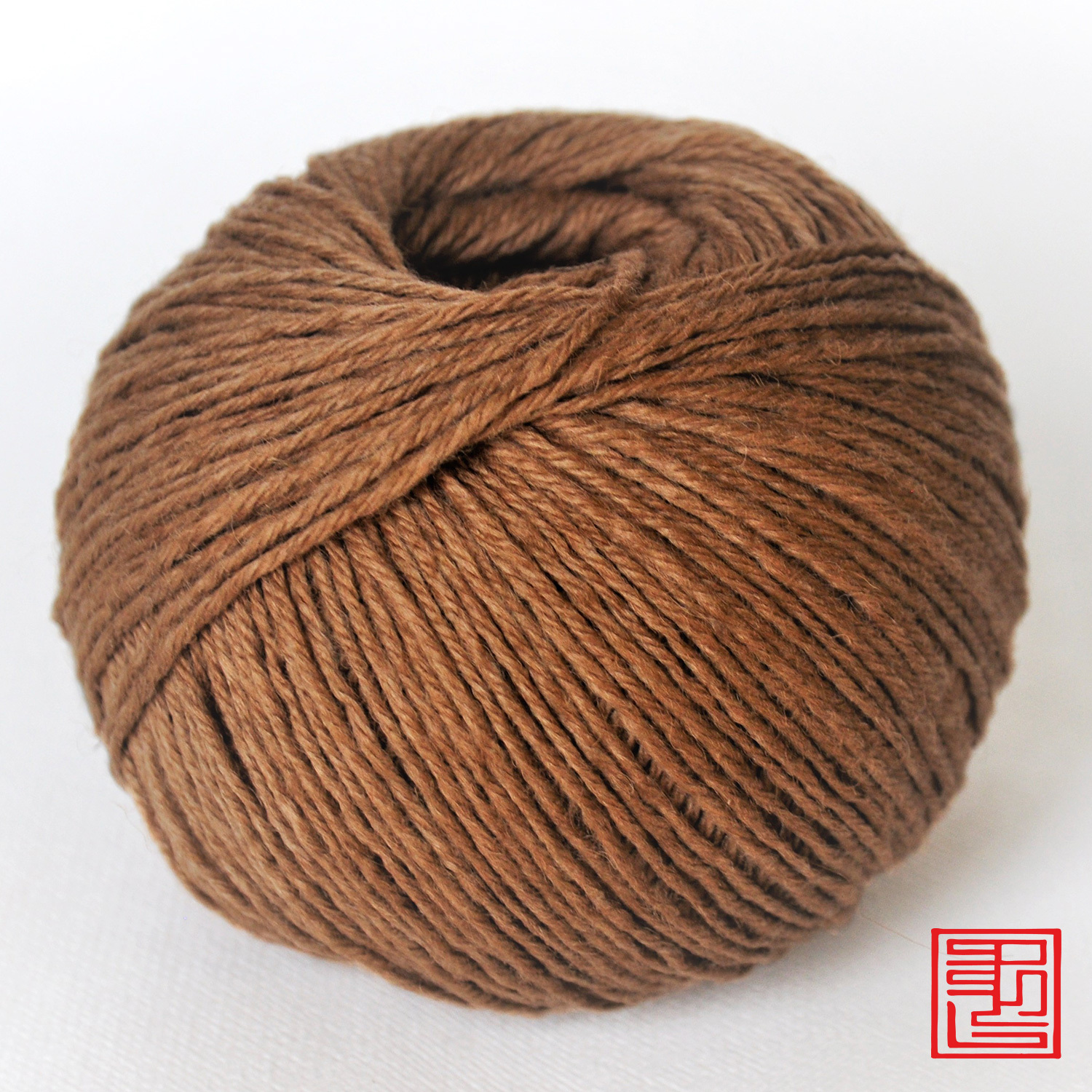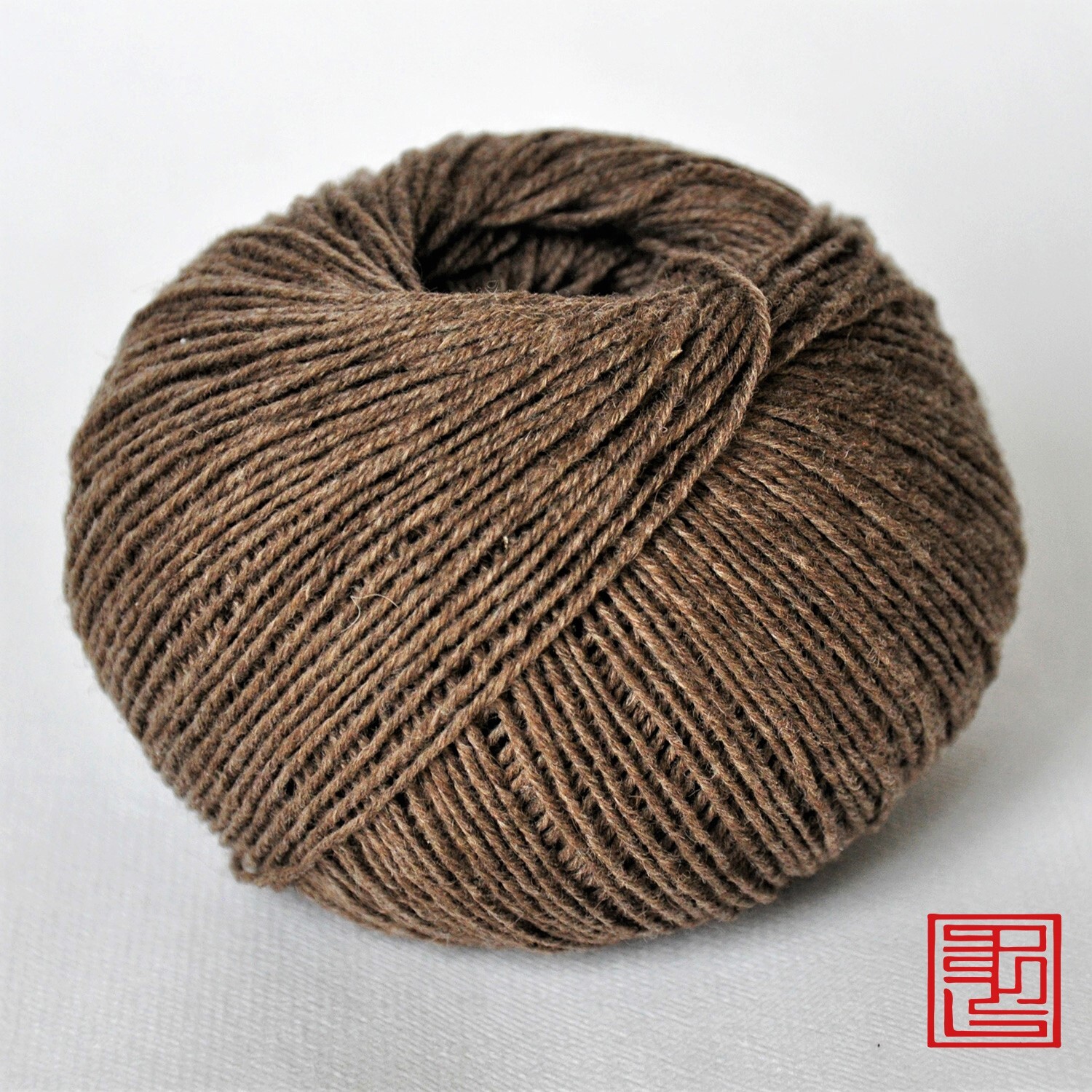Let's compare yarns by Badma to well-known superfine merino wool
User characteristics and advantages of cashmere yarn

You have in your hands a hank of superior quality 100% Mongolian cashmere. Cashmere fiber from Mongolia is considered to be the best in the world.
We are happy to offer this natural luxury at an affordable price due to having no intermediaries in our farm-to-yarn supply chain. The down for these hanks was harvested by us directly from herder cooperatives in Mongolia in areas with the most continental climate - Bayankhongor and Sukhbataar aymags. The temperature there varies from +40 in summer to -40 in winter: this is why the cashmere from this area is so unique. Let's get go through the main properties of this yarn:
-
Our cashmere is either undyed or gently dyed without bleaching. This fully preserves the natural tenderness of goat down.
-
Undyed cashmere is usually softer than dyed cashmere because the dyeing process changes the structure of the fibre. Therefore, we offer many natural shades of undyed cashmere.
-
Cashmere is warmer than merino, is very drapey and practically does not wrinkle. Due to its lightness and softness, it is versatile and can also be used for summer clothes.
-
Our cashmere has long fibers, so there is almost no pilling during wear. In order for our cashmere to completely fluff up and bloom, it is key to wash it several times. The thread opens up gradually. Our cashmere is much more resistant and more durable than what is sold in the form of finished products on the mass market.
-
Fibre of Mongolian cashmere is thinner than the Chinese fibre. Chinese cashmere goats spend a significant part of the year in a stall or in sheds, while Mongolian goats are free-range all the time.
-
Cables and lace patterns turn out really great, rib stitch is a bit more relaxed but still holds much better than alpaca-knitted rib stitch.
-
We buy raw materials from cooperatives that are members of the Sustainable Cashmere Alliance which adheres to the standards of sustainable goat grazing in order to prevent desertification of the steppe.
Perceived properties of cashmere yarn compared to regular superfine merino
|
Thermal insulation |
1,4 |
|
Breathability |
2 |
|
Lighter, in % |
Over 40% |
|
Fluffiness and bloom |
1,5 |
|
Stitch definition |
0,8 |
|
Durability |
1,5 |
|
Ecological footprint |
Moderate |
|
Hair length, cm |
3,7-4,1 |
|
Hair width, microns |
14-16 |
|
Provenance |
West and South-East of Mongolia, aymags Bayankhongor and Sukhbataar |
|
Time to dry, hours (pull size M) |
15 (against 30 for merino) |
| Dyed | Yes |
|
Freerange |
Yes |
User characteristics and advantages of baby camel yarn

You have in your hands a hank of superior quality baby camel yarn. This yarn is fairly little known in Europe.
We are happy to offer this natural luxury at an affordable price due to having no intermediaries in our farm-to-yarn supply chain. The fleece for those hanks is sourced directly from herder cooperatives in Mongolia in one of the areas with the driest climate - the Gobi-Altai aymag. The down for baby camel yarn is brushed out in the spring from the coat of two-year-old camels, it is very delicate and thin. Let's get go through the main properties of this yarn:
- To see this yarn bloom, you have to wash it first to rinse off remaining spinning oil: the thread opens up with a rather long and soft sparse downy fibres which will not blur a pattern on your piece. Camel yarn does not pill and is very durable getting softer and softer with every wash. Knits made of it can last literally for a generation. Camel yarn may slightly distend after the first wash (no more than 5%).
-
Camel yarn knits have a beautiful drape. Knitted fabric stays quite thin, never fluffing up too much but proves to be surprisingly warm. The first astronauts of the 60s and 70s had their clothes insulated with camel wool. Did you know?
-
Holds cables and lace stitches very well, holds rib stitch not so well though - like the yarn from camel's cousin species, the alpaca. The stitch definition is really great - knitted piece holds it shape very well.
-
Its natural color is wonderful golden beige.
-
Compared to merino, camel yarn gives soft, dry warmth. Thanks to the lanolin contained in the fibre, it absorbs moisture really well. Its breathability is excellent.
-
Camel down fibres are hollow inside. This explains their remarkable thermal insulation properties.
-
Because of the latter, camel yarn is very light – less yarn is needed for a piece of a comparable warmth than merino; a find for thrifty knitters.
-
Dries up very quickly.
Perceived properties of baby camel yarn compared to regular superfine merino
|
Thermal insulation |
1,6 |
|
Breathability |
2,3 |
|
Lighter, in, % |
Over de 40% |
| Fluffiness and bloom |
1,3 |
|
Stitch definition |
0,9 |
|
Durability |
2,2 |
| Ecological footprint |
Very Moderate |
|
Hair width, microns |
17-18 |
|
Hair length, cm |
4,35-4,5 |
|
Provenance |
South-East of Mongolia, Govi-Altay aimag |
| Time to dry, hours (pull size M) |
13 (against 30 for merino) |
| Dyed |
Non |
|
Freerange |
Oui |
User Characteristics and Advantages of Yak yarn

We are happy to offer to you hanks of superior quality natural yak yarn. This yarn is fairly little known here in Europe – but its qualities are so remarkable that yak fibre was the actual reason to create this yarn brand. We can offer this natural luxury at an affordable price due to having no intermediaries in our farm-to-yarn supply chain. The fleece for those hanks is sourced directly from herder cooperatives in Mongolia in one of the areas with the coldest climate - the Arkhangai aymag. The down is harvested only from young animals, up to 3 years old. Adult yaks with their semi-wild temper would not let herders brush them. So we can call our yak fibre Baby Yak, and will be technically right. Let's get go through the main properties of this yarn:
- Yak yarn blooms with very dense and thin down after washing, it becomes comparable to cashmere but is much more durable. Yak yarn does not pill and is very durable getting softer and softer with every wash.
- Yak knits drape beautifully. It is very, very warm and we are sure that the first astronauts would have preferred it to camel down if it was known at that time.
- Holds cables and rib quite well. The stitch definition is good and is a tiny bit blurred because of all the fluff – but yak yarn stitches are much better defined than mohair stitches for instance.
- Did we say that yak was really warm? It is also very breathable and gives a better comfort if compared to merino. Yak hair is like bamboo in its structure: pockets of air are locked inside the hair stem – this provides exceptional insulation.
- Yak is lighter than merino. You will need less yak yarn to knit a piece of similar warmth.
- Yak is not easy to dye. Ours is not, we offer only natural colors: dark brown, coffee brown and grey.
- Dries up very quickly.
Percieved properties of yak yarn compared to regular superfine merino
|
Thermal insulation |
1,8 |
|
Breathability |
2 |
| Lighter, % |
Over 30% |
| Fluffiness and bloom |
2,5 |
|
Stitch definition |
0,7 |
|
Durability |
2,2 |
| Ecological footprint |
Very Moderate |
|
Fibre thickness, microns |
15-19 |
|
Fibre length, cm |
3,7-4,1 |
|
Provenance |
North-East of Mongolia, aymag Arkhangai |
|
Time to dry, hours (pull size M) |
17 (against 30 for merino) |
|
Dyed |
No |
|
Freerange |
Yes |




